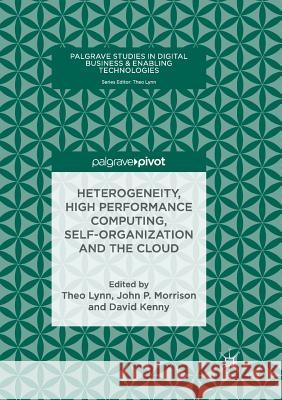Heterogeneity, High Performance Computing, Self-Organization and the Cloud » książka
topmenu
Heterogeneity, High Performance Computing, Self-Organization and the Cloud
ISBN-13: 9783030093877 / Angielski / Miękka / 2018 / 165 str.
Kategorie:
Kategorie BISAC:
Wydawca:
Palgrave MacMillan
Seria wydawnicza:
Język:
Angielski
ISBN-13:
9783030093877
Rok wydania:
2018
Wydanie:
Softcover Repri
Numer serii:
000829187
Ilość stron:
165
Waga:
0.23 kg
Wymiary:
21.01 x 14.81 x 1.02
Oprawa:
Miękka
Wolumenów:
01
Dodatkowe informacje:
Wydanie ilustrowane











